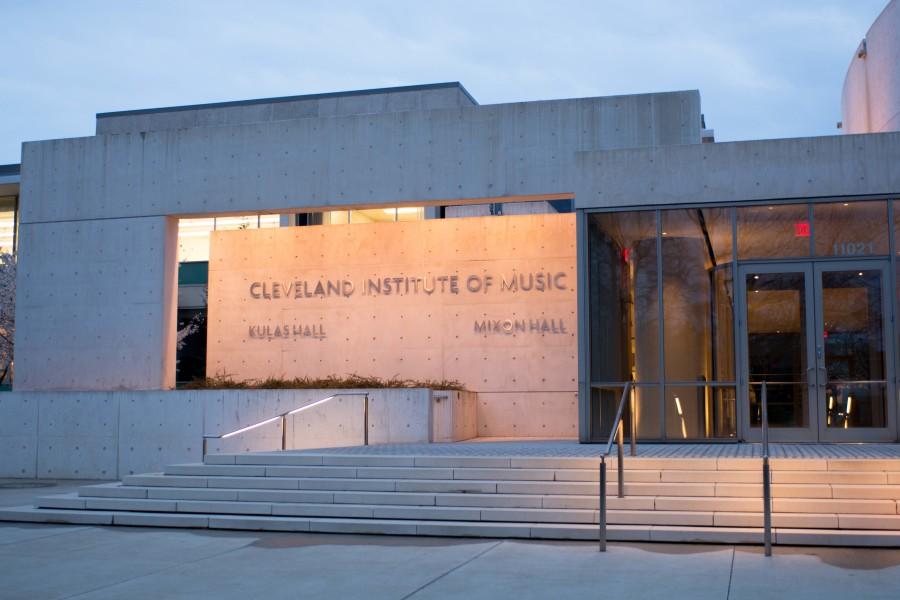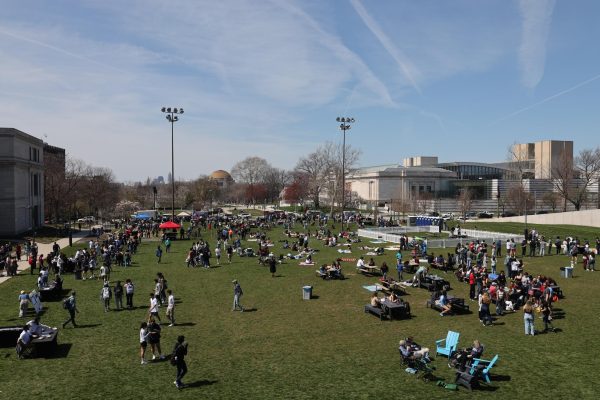Bengston: CIM, CWRU harmonize in concerts, clubs
Guest Column
The Cleveland Institute of Music building. CIM and CWRU students can gain much from one another, including the concerts and clubs they respectively offer.
It’s easy to blend in on campus. The handful of musicians from the Cleveland Institute of Music (CIM) walking to class at any given time blend into the crowd of backpack-laden 18-to-20-somethings.
Even though I spend most of my time in the CIM building on East Blvd. across from the Cleveland Botanical Garden, it is a liberating experience to walk down the steps from the main doors to class in Clark Hall or study at the Kelvin Smith Library where the sound of students practicing can’t follow you. CIM is Case Western Reserve University’s noisy neighbor.
Despite the proximity of the two campuses, as President of CIM’s Student Government Association, I have observed the division between CIM and CWRU students. This divide is created by a divergence in schedules, coursework and student life more than clannish tendencies of either student body. As long as CIM and CWRU remain two separate institutions, it is unrealistic to expect the student bodies to be completely integrated.
However there are ways in CWRU students could benefit from increased interaction with CIM students and vise versa. For example, the only student organization I know of that includes both CIM and CWRU students as members is the professional, co-ed music service fraternity, Mu Phi Epsilon. CIM students would not be the best candidates for joining an organization like Engineers Without Borders, but there are a dizzying number of student groups on orgsync—a site most CIM students never visit—that CIM students would enjoy being involved in.
CIM doesn’t have many student organizations because the student body is less than 500, but CWRU students could take advantage of the performances taking place every day. Inside the main building, CIM has two concert halls—Kulas and Mixon—where the CIM orchestra performs and student recitals, which are required for all degree types offered, are given.
Orchestra concerts and recitals are free and open to the public. You don’t need a pass or tickets ahead of time to attend like you would for one of the Cleveland Orchestra’s concerts at Severance Hall. (You can find a list of CIM student recitals here: https://www.cim.edu/events/recitals.)
Most conservatories, including the Juilliard School, Colburn Conservatory of Music, and the New England Conservatory of Music, don’t have as robust of a relationship with a university across the street.
If you, the student, faculty or staff member reading this, have any ideas as to how this relationship could be more beneficial to both parties, please make it known.
Susan Bengtson is the President of the CIM Student Government Association. She can be reached through CIM’s Student Government Association at CIM-SGA@cim.edu.


















